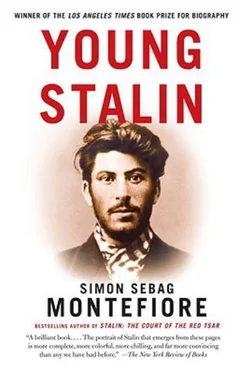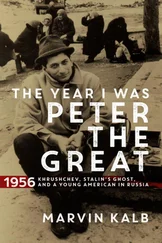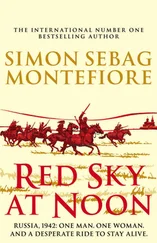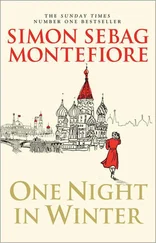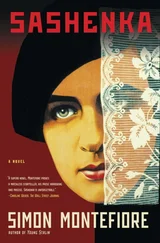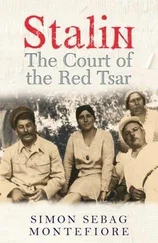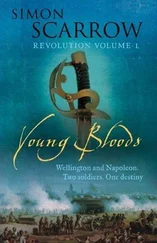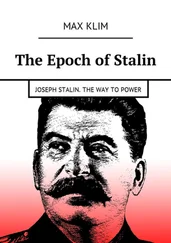Immersed in the honour and loyalty culture of Georgia, he was the gritty realist, the sarcastic cynic and the pitiless cutthroat par excellence : it was he who had created the Bolshevik bank-robbery and assassination Outfit, which he controlled from afar like a Mafia don. He cultivated the coarseness of a peasant, a trait which alienated comrades but usefully concealed his subtle gifts from snobbish rivals.
Happily married to Kato, he had chosen a heartless wandering existence that, he believed, liberated him from normal morality or responsibility, free from love itself. Yet while he wrote about the megalomania of others, he had no self-knowledge about his own drive for power. He relished his own secrecy. When he knocked on the doors of friends and they asked who was there, he would answer with mock-portentousness: “The Man in Grey.”
One of the first professional revolutionaries, the underground was his natural habitat, through which he moved with elusively feline grace—and menace. A born extremist and conspirator, the Man in Grey was a true believer, “a Marxist fanatic from his youth.” The violent rites of Stalin’s secret planet of Caucasian conspiracy would later flower into the idiosyncratic ruling culture of the Soviet Union itself. {9}
“Stalin had opened the era of the hold-up,” wrote one of his fellow bank-robbery masterminds, his hometown friend Josef Davrichewy. {10} Stalin, we used to believe, organized operations but never took part personally. This may have been true that day in 1907, but we know now that Stalin himself, usually armed with his Mauser, was more directly involved in other robberies. {11}
He always kept his eyes skinned for the spectacular prize and knew that the best bank robberies are usually inside jobs. On this occasion, he had two “inside-men.” First, he patiently groomed a useful bank clerk. Then he bumped into a school friend who happened to work for the banking mail office. Stalin cultivated him for months until he proffered the tip that a huge sum of money—perhaps as much as a million roubles—would arrive in Tiflis on 13 June 1907.
This key “inside-man” afterwards revealed that he had helped set up this colossal heist only because he was such an admirer of Stalin’s romantic poetry. Only in Georgia could Stalin the poet enable Stalin the gangster. {12}
The runaway horse with the carriage and its booty bolted across the square. Some of the gangsters panicked, but three gunmen moved with astonishing speed. Bachua Kupriashvili kept his head and sprinted towards the horse. He was too close for his own safety, but he tossed another “apple” under its belly, tearing out its intestines and blowing off its legs. Thrown into the air, Bachua fell stunned to the cobbles.
The carriage careened to a halt. Bachua was out of action but Datiko Chibriashvili jumped onto the coach and pulled out the sacks of money. Gripping the money-bags, he staggered through the smoke towards Velyaminov Street. But the gang was in disarray. Datiko could not run far holding the weight of the banknotes: he must hand them over—but to whom?
The drifting smoke parted to reveal carnage worthy of a small battlefield. Screams and shots still rent the air as blood spread across cobbles strewn with body parts. Cossacks and soldiers started to peep out, reaching for their weapons. Reinforcements were on their way from across the city. “All the comrades,” wrote Bachua Kupriashvili, “were up to the mark—except three who had weak nerves and ran off.” Yet Datiko found himself momentarily almost alone. He hesitated, lost. The success of the plan hung by a thread.
Did Stalin really throw the first bomb from the roof of Prince Sumbatov’s house? Another source, P. A. Pavlenko, one of the dictator’s pet writers, claimed that Stalin had attacked the carriage himself and been wounded by a bomb fragment. But this seems unlikely. {13} Stalin usually “held himself apart” from everyone else in all matters for security reasons and because he always regarded himself as special. {14}
In the 1920s, according to Georgian sources, Kamo would drunkenly claim that Stalin had taken no active part but had watched the robbery, a report confirmed by another, questionable source connected to the police, who wrote that Stalin “observed the ruthless bloodshed, smoking a cigarette, from the courtyard of a mansion” on Golovinsky Prospect. Perhaps the “mansion” was indeed Prince Sumbatov’s. {15} The boulevard’s milkbars, [4]taverns, cobblers, hairdressers and haberdashers crawled with Okhrana informers. Most likely, Stalin, the clandestine master who specialized in sudden appearances and vanishings, was out of the way before the shooting started. Indeed the most informed source puts him in the railway station that mid-morning. {16}
Here he could keep in easy contact with his network of porters and urchins on Yerevan Square. If these artful dodgers brought bad news, he would jump on a train and disappear.
Just as the robbery was about to collapse, “Captain” Kamo rode into the square driving his own phaeton, reins in one hand and firing his Mauser with the other. Furious that the plan had failed, cursing at the top of his voice “like a real captain,” he whirled his carriage round and round, effectively retaking possession of the square. Then he galloped up to Datiko, leaned down and, aided by one of the gun girls, heaved the sacks of money into the phaeton. He turned the carriage precipitously and galloped back up the boulevard right past the Viceroy’s Palace, which was buzzing like a beehive as troops massed, Cossacks saddled up and orders for reinforcements were despatched.
Kamo noticed a police phaeton cantering along in the opposite direction bearing A. G. Balabansky, the deputy police chief. “The money’s safe. Run to the square,” shouted Kamo. Balabansky headed for the square. Only the next day did Balabansky realize his mistake. He committed suicide.
Kamo rode straight to Vtoraya Goncharnaya Street and into the yard of a joiner’s shop behind a house owned by an old lady named Barbara “Babe” Bochoridze. Here, with Babe’s son Mikha, Stalin had spent many nights over the years. Here the robbery had been planned. It was an address well known to the local police, but the gangsters had suborned at least one Gendarme officer, Captain Zubov, who was later indicted for taking bribes—and even helping to hide the spoils. Kamo, exhausted, delivered the money, changed out of his uniform and poured a bucket of water over his sweltering head.
The shock waves of Stalin’s spectacular reverberated around the world. In London the Daily Mirror announced RAIN OF BOMBS: REVOLUTIONARIES HURL DESTRUCTION AMONG LARGE CROWDS OF PEOPLE: “About ten bombs were hurled today, one after another, in the square in the centre of town, thronged with people. The bombs exploded with terrific force, many being killed…” The Times just called it TIFLIS BOMB OUTRAGE; Le Temps in Paris was more laconic: CATASTROPHE!
Tiflis was in uproar. The usually genial viceroy of the Caucasus, Count Vorontsov-Dashkov, ranted about the “insolence of the terrorists.” The “administration and army are mobilized,” announced Isari . “Police and patrols launched searches across the city. Many have been arrested…” St. Petersburg was outraged. The security forces were ordered to find the money and the robbers. A special detective and his team were despatched to head the investigation. Roads were closed; Yerevan Square was surrounded, while Cossacks and Gendarmes rounded up the usual suspects. Every informer, every double-agent was tapped for information and duly delivered a farrago of versions, none of them actually fingering the real culprits.
Twenty thousand roubles had been left in the carriage. A surviving carriage driver, who thought he had got lucky, pocketed another 9,500 roubles but was arrested with it later: he knew nothing about the Stalin and Kamo gang. A jabbering woman gave herself up as one of the bank robbers but turned out to be insane.
Читать дальше
